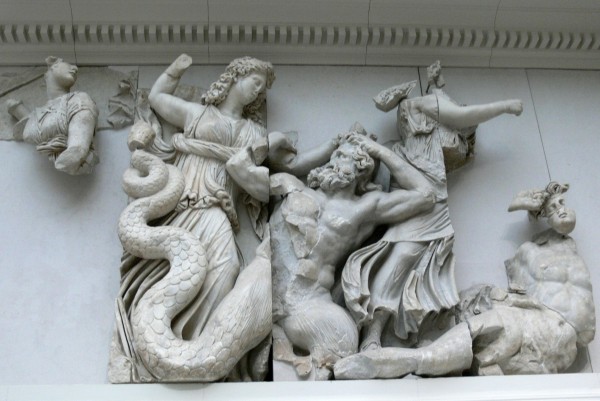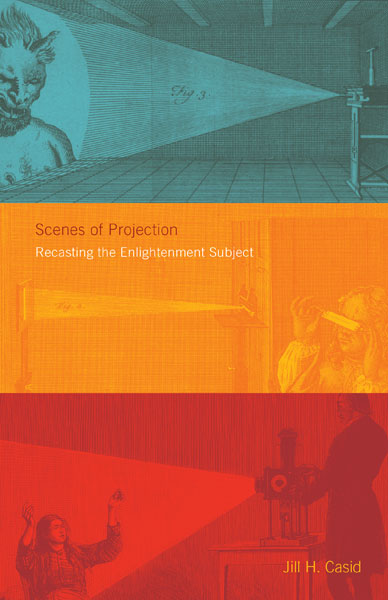
The Significance of Form
Formalism assumes that the features being picked out are part of a “best possible” construction of what was done when the work was created. In this way formalism can work equally well for those who see intention as equivalent to meaning and those who see intention as a naïve and unworkable construct. In the latter case it is able at once to attribute significance through the quasi-intentionalist mode of writing described here, and to pass in everyday description as “anti-intentionalist,” as writers from Wölfflin and Shklovsky to Clement Greenberg have combined this general way of operating with explicit denials of the admissibility of artists’ actual, consciously made, statements about their own work.








